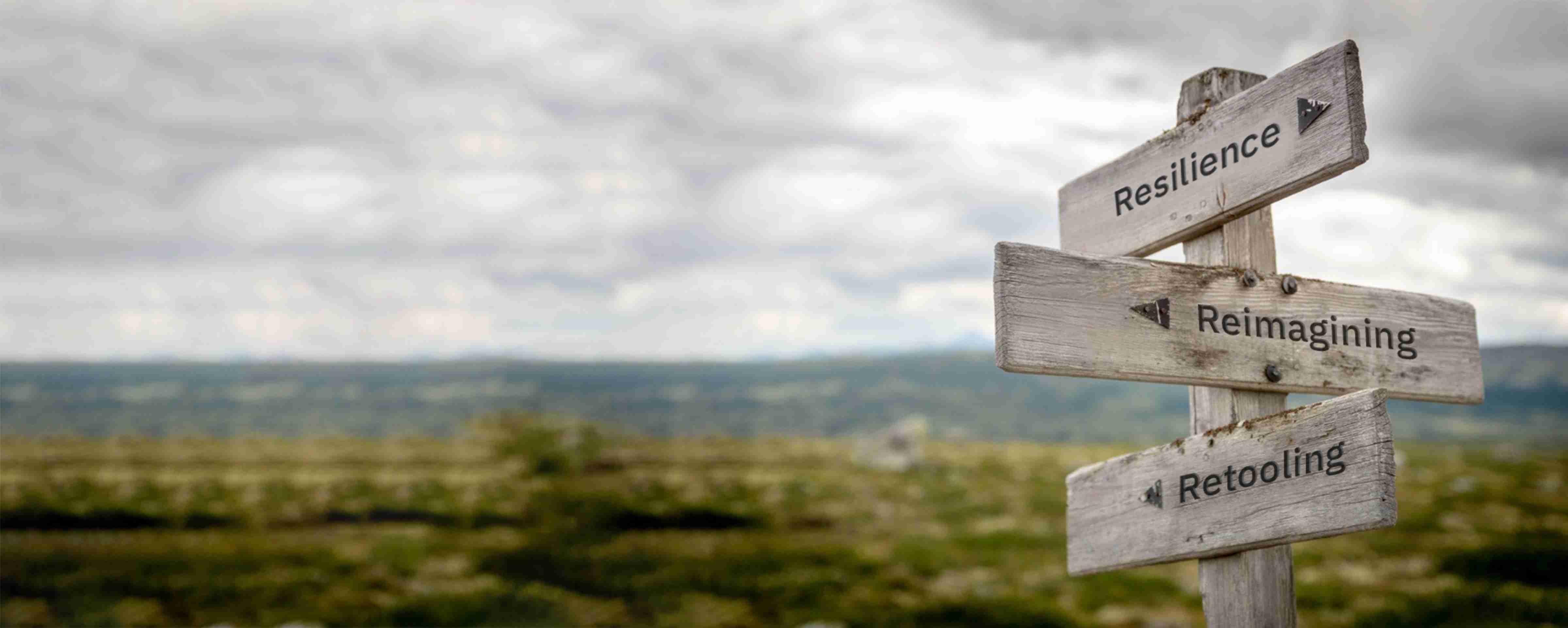Students’ perception of the transition to remote learning at Andrews University during Covid-19 Pandemic
Location
Zoom Room 4
Start Date
25-3-2021 1:50 PM
End Date
25-3-2021 2:10 PM
Type of Presentation
Scholarly Work Presentation (15 minutes)
Proposal for Presentation
Due to the Covid-19 pandemic, Andrews University switched to a completely remote learning modality from the traditional face-to-face in-classroom instructions in the Spring 2020 semester. This study was conducted to examine the students’ perception of their learning environment during this transition. The online survey questionnaire was adapted from the DREEM. Four hundred and twenty-one students participated in the study. We used descriptive statistics for analysis. Results revealed 61% of participants perceiving the learning environment as more positive than negative. The social-self-perception was slightly low. Though we don’t have a baseline for comparison, these results revealed educational areas needing improvement.
Students’ perception of the transition to remote learning at Andrews University during Covid-19 Pandemic
Zoom Room 4
Due to the Covid-19 pandemic, Andrews University switched to a completely remote learning modality from the traditional face-to-face in-classroom instructions in the Spring 2020 semester. This study was conducted to examine the students’ perception of their learning environment during this transition. The online survey questionnaire was adapted from the DREEM. Four hundred and twenty-one students participated in the study. We used descriptive statistics for analysis. Results revealed 61% of participants perceiving the learning environment as more positive than negative. The social-self-perception was slightly low. Though we don’t have a baseline for comparison, these results revealed educational areas needing improvement.




Acknowledgments
We appreciate the following support: